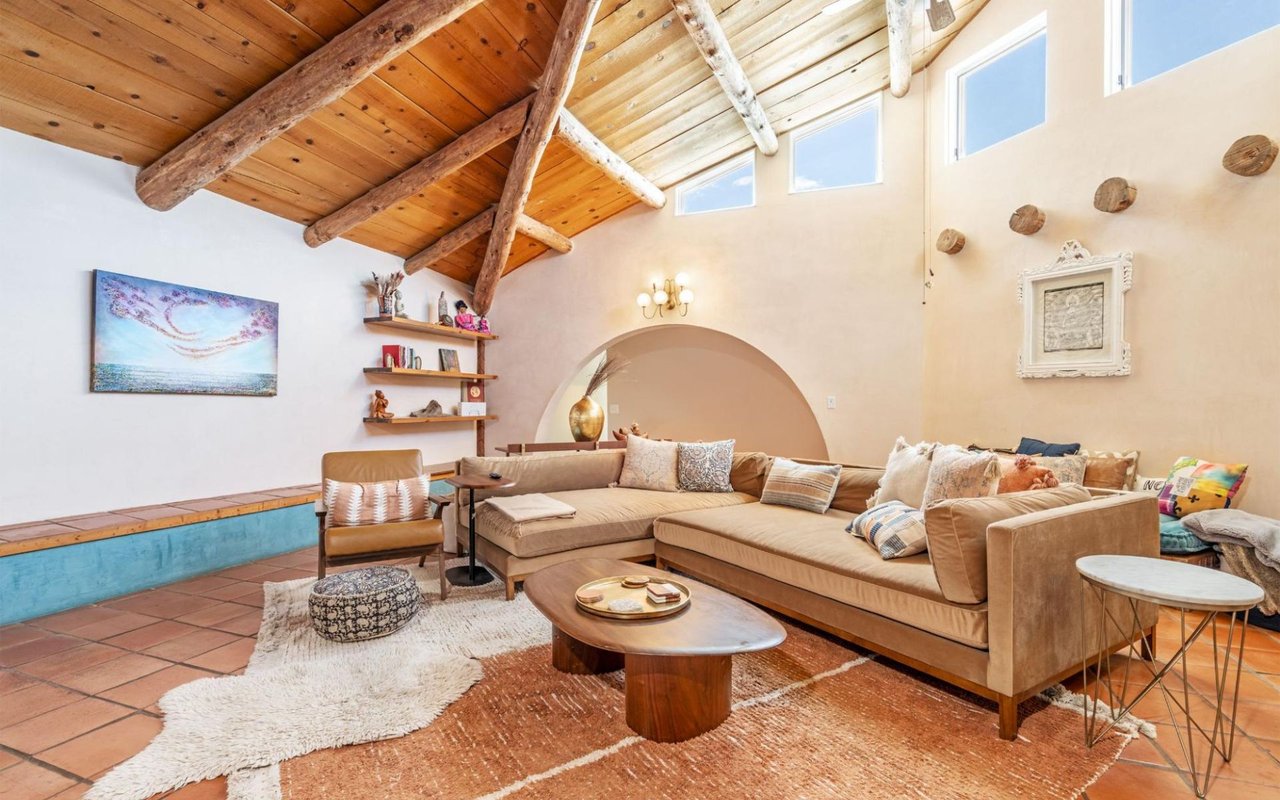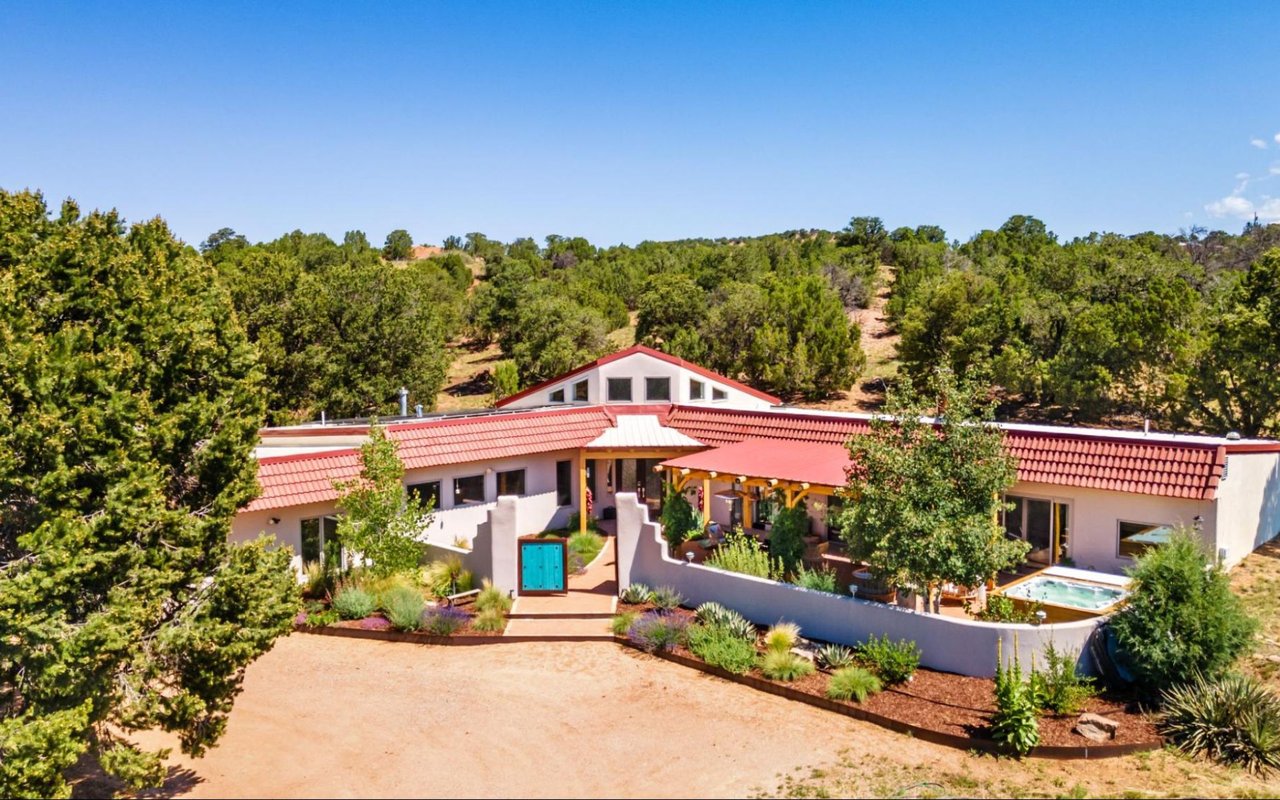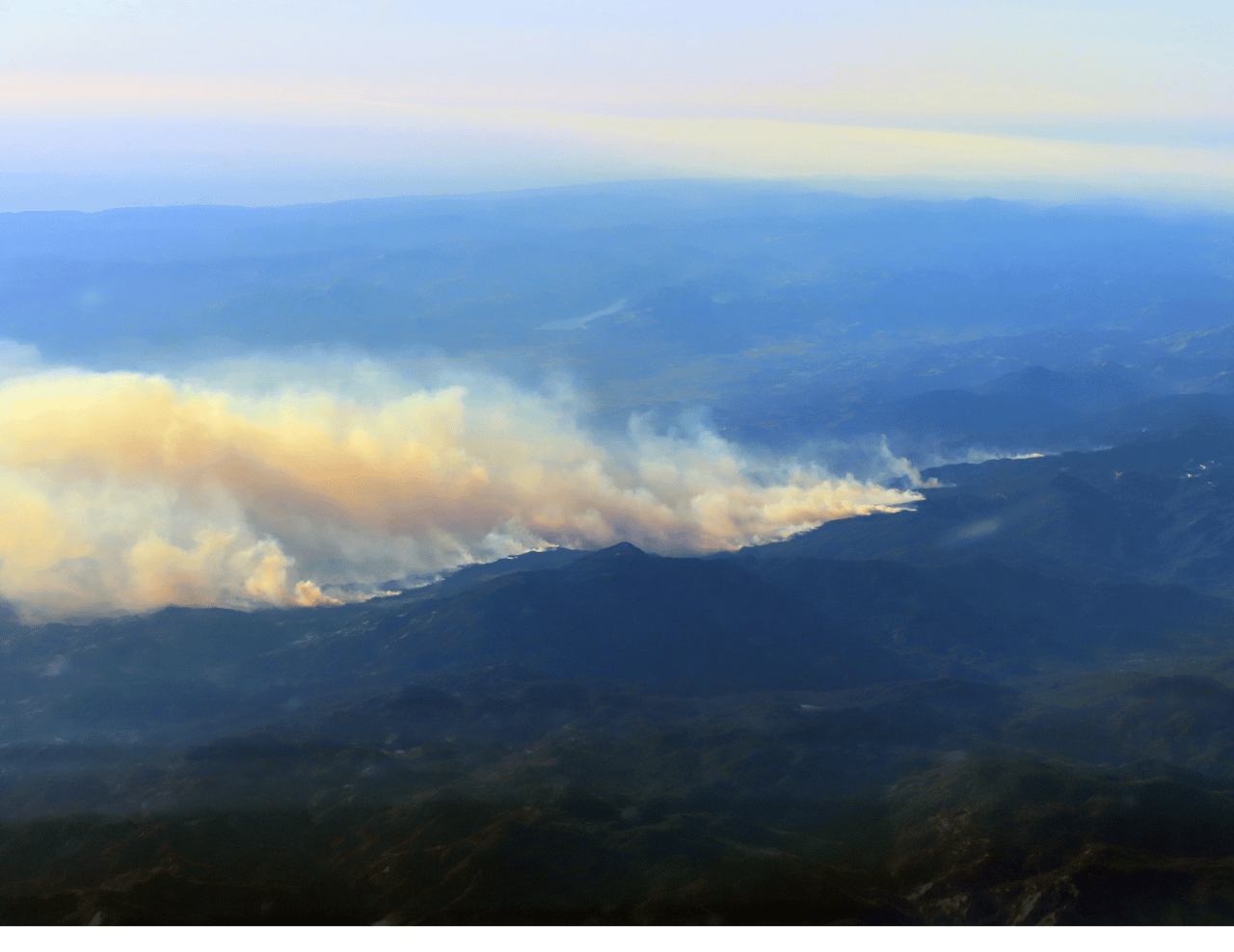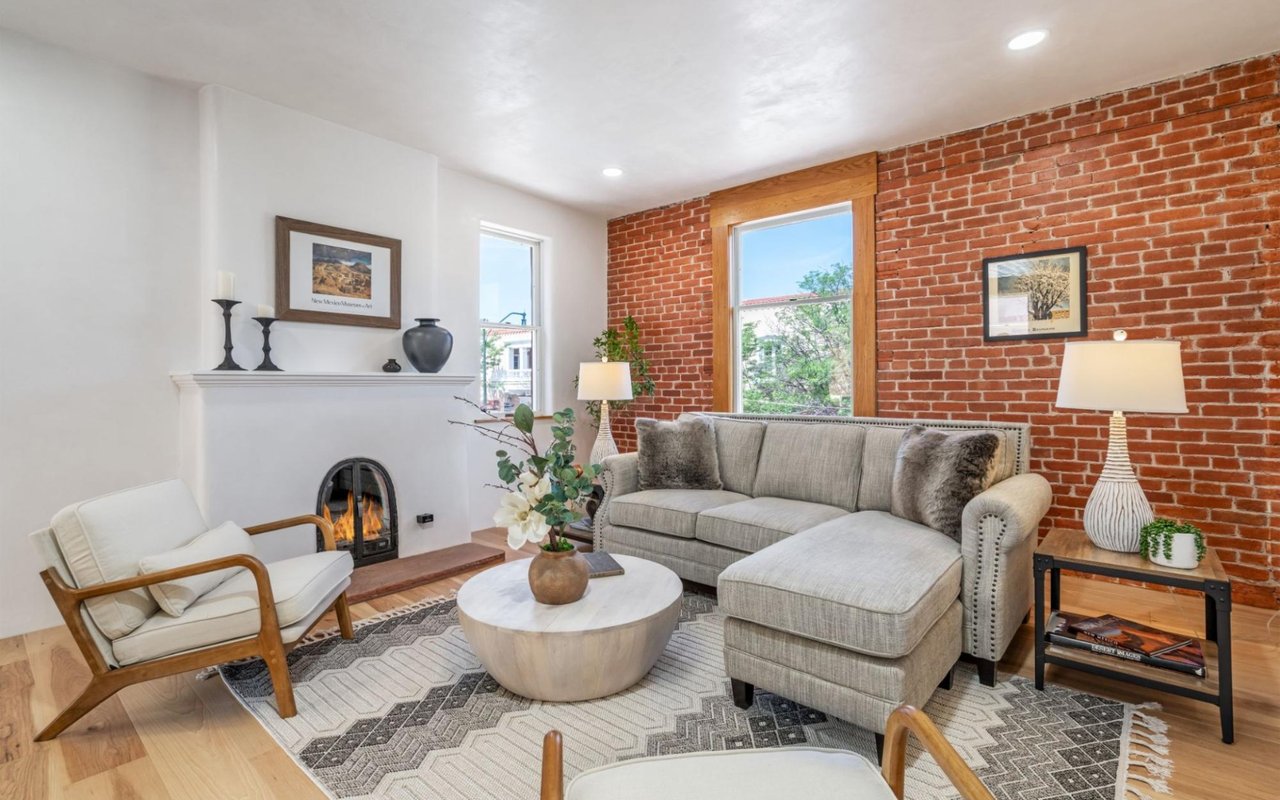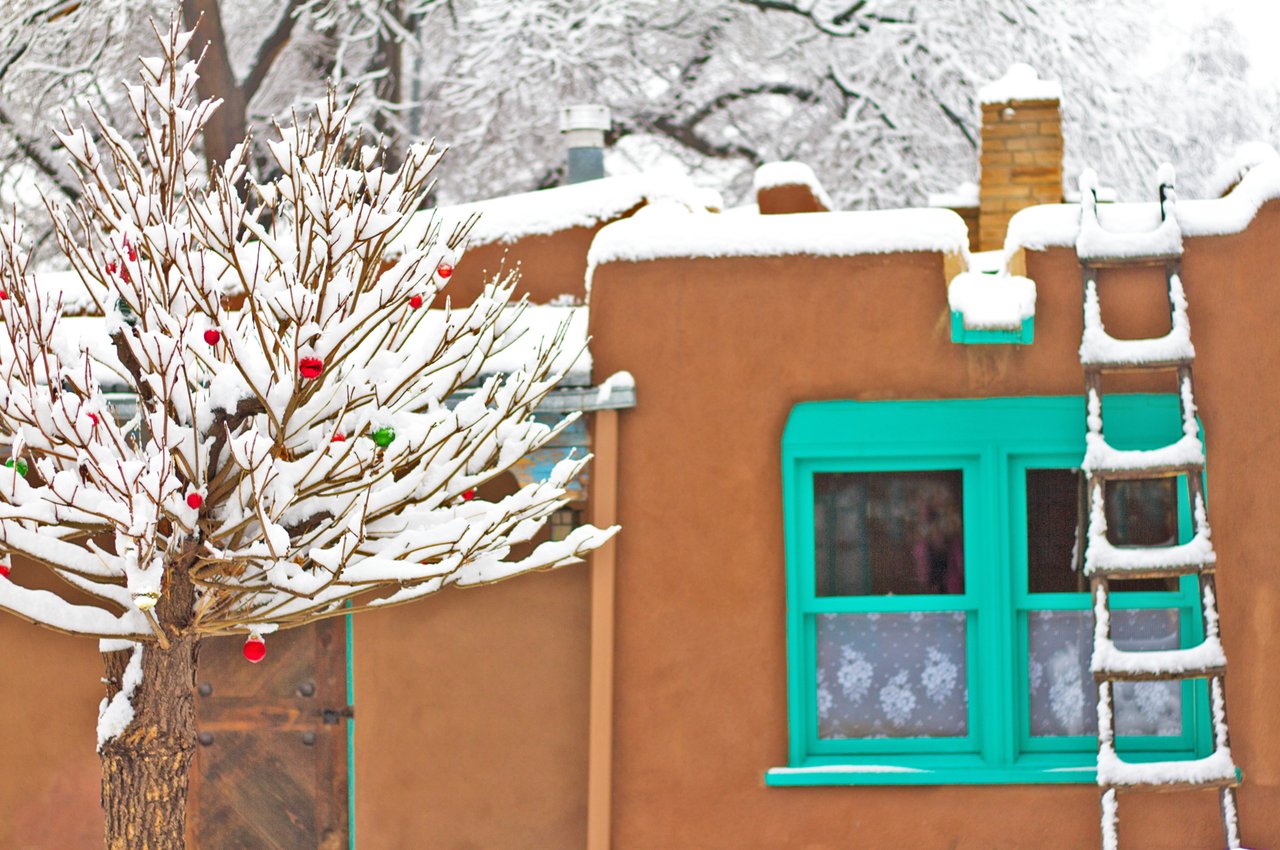For many,
purchasing a home is one of the biggest financial investments of their lives. Protecting this asset is essential, which is where homeowners insurance comes in. However, navigating the details of what your policy covers can be tricky, especially for first-time homeowners. So, what exactly does homeowners insurance cover? Whether you’re buying a new property or simply looking to understand your current coverage, this beginner’s guide will help you break it down and ensure your home is well-protected.
The Basics: What is Homeowners Insurance?
At its core, homeowners insurance is designed to protect your home and its contents from unexpected damage or loss. It provides financial coverage for a variety of scenarios, from natural disasters to theft. This type of insurance helps shield you from the potentially massive financial burden of repair or replacement costs if something happens to your home.
When you purchase a homeowners insurance policy, you’re essentially buying peace of mind. But before signing up, it’s crucial to understand what a homeowners insurance policy covers — and, more importantly, what it doesn’t.
Dwelling Coverage: Protection for the Structure
The primary component of homeowners insurance is dwelling coverage, which safeguards the physical structure of your home. This includes the roof, walls, floors, foundation, and any built-in appliances or systems. In case of damage from certain perils — like fire, windstorms, or vandalism — your insurance policy will help cover the cost of repairing or rebuilding your home.
For example, if a severe storm damages your roof, dwelling coverage would assist in covering the cost to repair or replace it. It’s essential, though, to understand the specifics of what perils are included in your policy. Most standard homeowners insurance policies cover a variety of events.
Personal Property Coverage: Protecting Your Belongings
Beyond the physical structure, your homeowners insurance policy also covers your personal belongings, such as furniture, electronics, clothing, and more. This is known as personal property coverage. Whether your items are damaged by a covered event or stolen, personal property coverage helps you replace or repair them.
For example, if a fire damages your living room and you lose your furniture, your insurance will cover the cost of replacing the items — up to a certain limit. Keep in mind that valuable items like jewelry, art, or collectibles may have coverage limits, so you might need additional coverage, known as a rider or floater, for these high-value possessions.
It’s a good practice to take an inventory of your belongings, noting their approximate value. This will help ensure you have adequate coverage in the event of a loss.
Liability Protection: Financial Coverage for Accidents
One of the most important — but often overlooked — components of homeowners insurance is liability coverage. This protects you from lawsuits or claims if someone is injured on your property or if you accidentally cause damage to someone else’s property.
For instance, if a guest slips and falls on your front steps, your liability coverage can help pay for their medical bills and any legal fees if they decide to file a lawsuit. Similarly, if your child accidentally breaks a neighbor’s window, your policy could cover the cost of repairs.
Liability protection typically extends beyond accidents on your property. It can also cover incidents that happen away from your home. For example, if your dog bites someone while you're at the park, your homeowners insurance policy might still provide coverage for the medical bills.
Loss of Use Coverage: When You Can’t Live in Your Home
If your home becomes uninhabitable due to a covered disaster, your homeowners insurance can provide loss of use or additional living expenses (ALE) coverage. This helps cover the cost of temporary housing, meals, and other living expenses while your home is being repaired or rebuilt.
For instance, if a fire makes your home unsafe to live in, your insurance policy can pay for a hotel stay and any additional costs of living elsewhere until you’re able to move back. Loss of use coverage can be incredibly helpful in reducing financial stress during such a challenging time.
What Homeowners Insurance Doesn’t Cover
While homeowners insurance covers a wide range of scenarios, it’s important to note that it doesn’t cover everything. Most standard policies exclude certain perils. For example, damage caused by floods and earthquakes is typically not covered by standard homeowners insurance. If you live in an area prone to these events, you may need to purchase additional coverage, such as flood or earthquake insurance.
Another key exclusion is wear and tear. Homeowners insurance is designed to cover sudden and accidental damage, not issues that arise from lack of maintenance. For example, if your roof leaks due to age and poor upkeep, your insurance policy is unlikely to cover the cost of repairs.
Reviewing your policy with care is essential to understanding what is and isn’t covered. If your area has specific risks, you may want to consider additional coverage.
Find Your Dream Home with Team Beth Caldarello in Santa Fe, NM
Understanding homeowners insurance is just one piece of the puzzle when buying or owning a home. If you're ready to take the next step toward homeownership in Santa Fe, NM, Team Beth Caldarello is here to help. With extensive experience in the local market, they specialize in guiding buyers and investors through every aspect of the real estate process.





